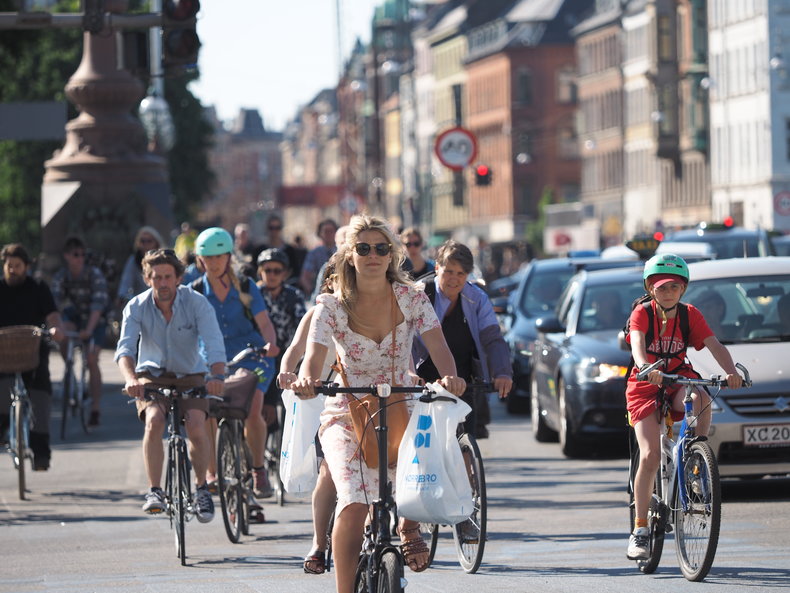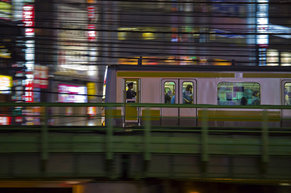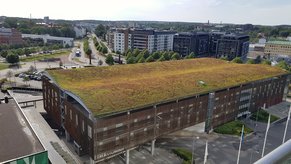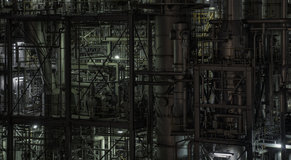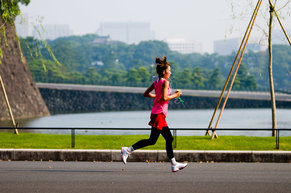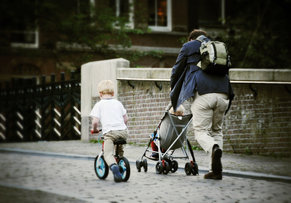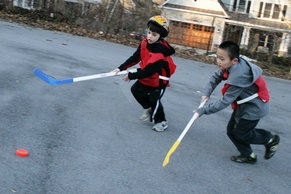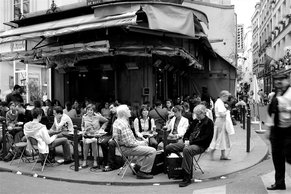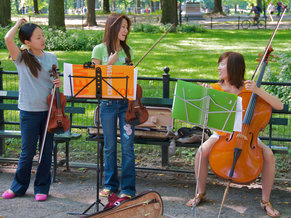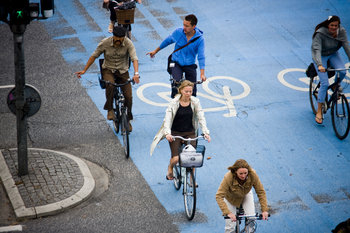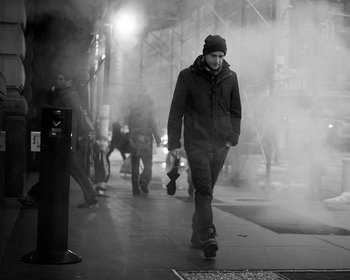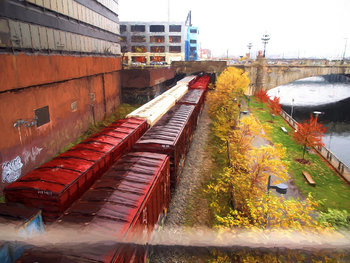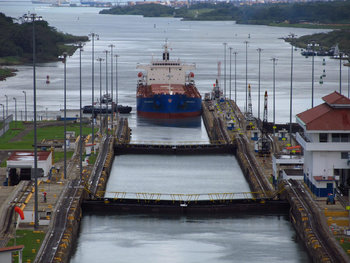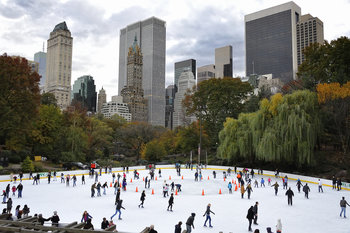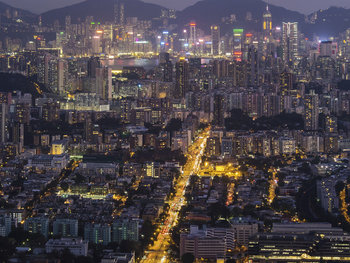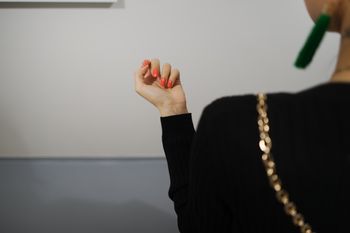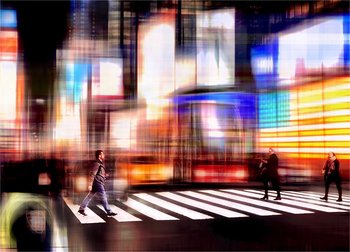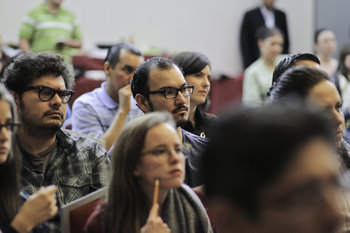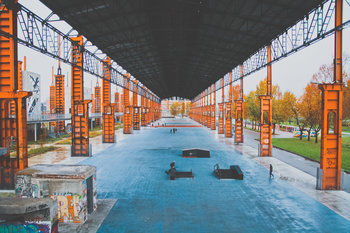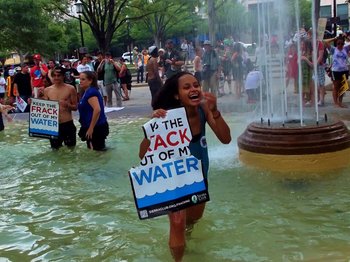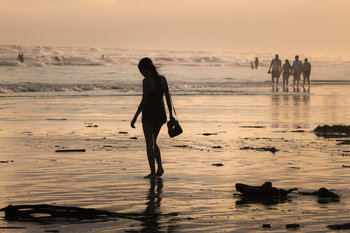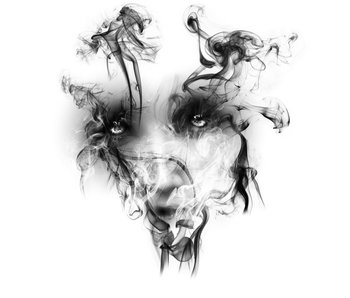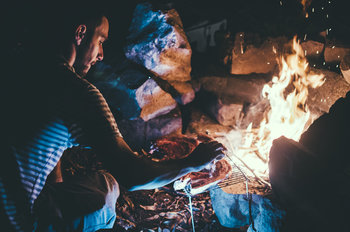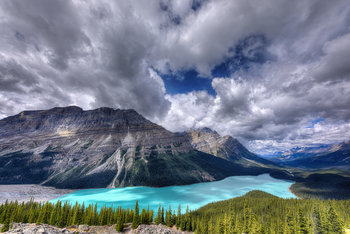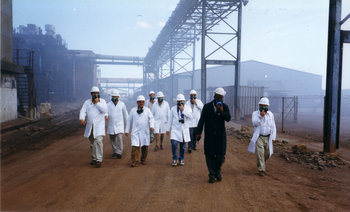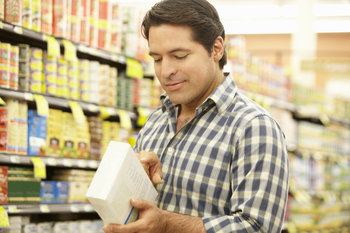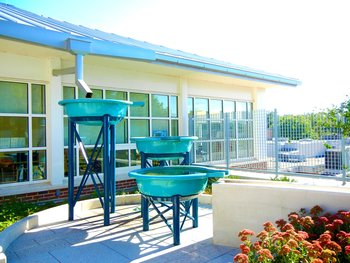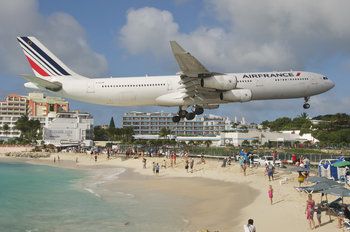|
| |
Urban design is the planning and design of cities. This is an interdisciplinary field that involves architecture, urban planning, engineering, arts, technology and community engagement. The following are common elements of urban design.
Accessibility | Affordable housing | Air quality | Bicycle parking | Blue space | Building height | Coastal infrastructure | Commercial areas | Community facilities | Community gardens | Crime prevention | Cultural districts | Cycling infrastructure | Disaster resilience | Emergency services | Environmental justice | Event space | Farmers markets | Green building certifications | Green roofs | Green space | Historic businesses | Historic preservation | Libraries | Lighting | Mixed-use areas | Museums | Noise control | Parking | Pedestrian infrastructure | Play streets | Playgrounds | Public art | Public infrastructure | Public space | Public toilets | Rail | Recreation facilities | Riverfront areas | Safety and security | Sports facilities | Street art | Street furniture | Street markets | Subways | Support for local businesses | Traditional architecture | Traffic calming | Transportation systems | Urban agriculture | Urban density | Urban heat islands | Walkability | Waste management | Water features | Water quality | Water systems | Waterfront areas | Wayfinding | |
ArchitectureThe public, residential, commercial and industrial architecture of a city. BillboardsBillboards and other commercial messages can be considered an eyesore and safety issue as they serve as a distraction. They can also be considered a charming feature of a city, depending on context.BrownfieldsA brownfield is a site that is polluted or feared to be polluted due to industrial, military or commercial activity. They are often large parcels of land that represent an opportunity to revitalize an area with features such as public space or urban forests. Brownfields are expensive to develop as they require an environmental clean up.Blue Elements Open air water features such as rivers, streams, canals, waterfront parks, harbors, ports, marinas and fountains.Commercial Signage Signs in front of shops have a significant impact on the visual appeal of an area. Cycling Infrastructure Cycling infrastructure such as bike lanes and cycle highways.Energy Infrastructure Energy infrastructure including electrical grids and district heating.Green Spaces Green elements such as parks, greenways, gardens, vertical gardens, rain gardens, green walls, green roofs and tree lined streets.Historical Structures Preservation and protection of sites of significant architectural and historic value.LandscapesThe physical features of land such as waterways, fountains, mountains, hills, stairs, valleys, forests and gardens. Often integrates natural features such as trees, engineering components such as levees and cultural aspects such as gardens. LightingPublic lighting such as street lights. Lack of lighting can also be viewed as a feature.MonumentsA structure that celebrates or remembers a historical event or person.Pedestrian Corridors Features that make a city walkable including sidewalks, trails, pedestrian bridges, underpasses, parks, city squares and superblocks.Pocket Neighborhoods Small neighborhoods built around public spaces that are designed to stimulate a sense of community.Public Art Art, usually sculpture, that is designed to be displayed in public. In many cases, expensive art selected by experts or by a committee is unpopular to the point of being controversial. Public Buildings Buildings such as libraries and museums that are open to the public.Public Space Public space provides freedom of movement and places for personal solace, companionship, family and community. Key natural resources such as beaches are usually open to the public as a matter of principle.Public Transportation Buses, trams, light rail, passenger trains, rapid transit, ferris and related infrastructure and facilities such as stations.RoofsRoofs are a resource that can be used to generate electricity, grow food, provide green space or offer appealing commercial attractions such as rooftop cafes.SeawallsA critical component of infrastructure for some cities. Historically many seawalls were expensive, high maintenance eyesores that obstructed recreation and commercial use of waterfront areas. There is recent interest in improving designs to be useful, natural, obstructive and resilient. Street Furniture Benches, waste receptacles, post boxes, information kiosks and other features designed to be useful in public spaces.Transportation Infrastructure Roads, railways, bridges, tunnels, airports, train stations, sidewalks, canals and other transportation infrastructure. Includes traffic safety infrastructure such as traffic lights, pedestrian islands and speed bumps.Urban Forests Forests, forest parks, wilderness preserves and other large groupings of trees.Urban Technology Technology services related to the operation of transportation or city infrastructure. Basic connectivity such as wifi is also increasingly seen as a city service.Urban Villages Mixed use developments that locate offices, shopping, residences, entertainment, medical services, public spaces and public buildings within close proximity. Creates a sense that you could live your entire life within a neighborhood. Vernacular Architecture Architecture that reflects local culture, identity and character.Wet Infrastructure Infrastructure related to water supply, treatment, resource management, flood prevention, drought management, coastal protection and restoration.Next: Urban Design
If you enjoyed this page, please consider bookmarking Simplicable.
An overview of district heating.
The definition of transportation infrastructure with examples.
A few common urban design terms.
An list of the common types of city.
A list of the foundational design styles.
An overview of city economics with examples.
An overview of community stakeholders with examples.
An overview of community space with examples.
An overview of green infrastructure with examples.
An overview of sustainability with examples.
An a-z list of things that are found in nature.
An a-z list of things in the ocean.
A list of common ethical issues.
An overview of common resources with examples.
An overview of the environment with examples.
An overview of environmental impact with examples.
A list of environmental issues.
An overview of clean labels.
TrendingThe most popular articles on Simplicable in the past day.
Recent posts or updates on Simplicable.
Site Map
© 2010-2023 Simplicable. All Rights Reserved. Reproduction of materials found on this site, in any form, without explicit permission is prohibited.
View credits & copyrights or citation information for this page.
|
